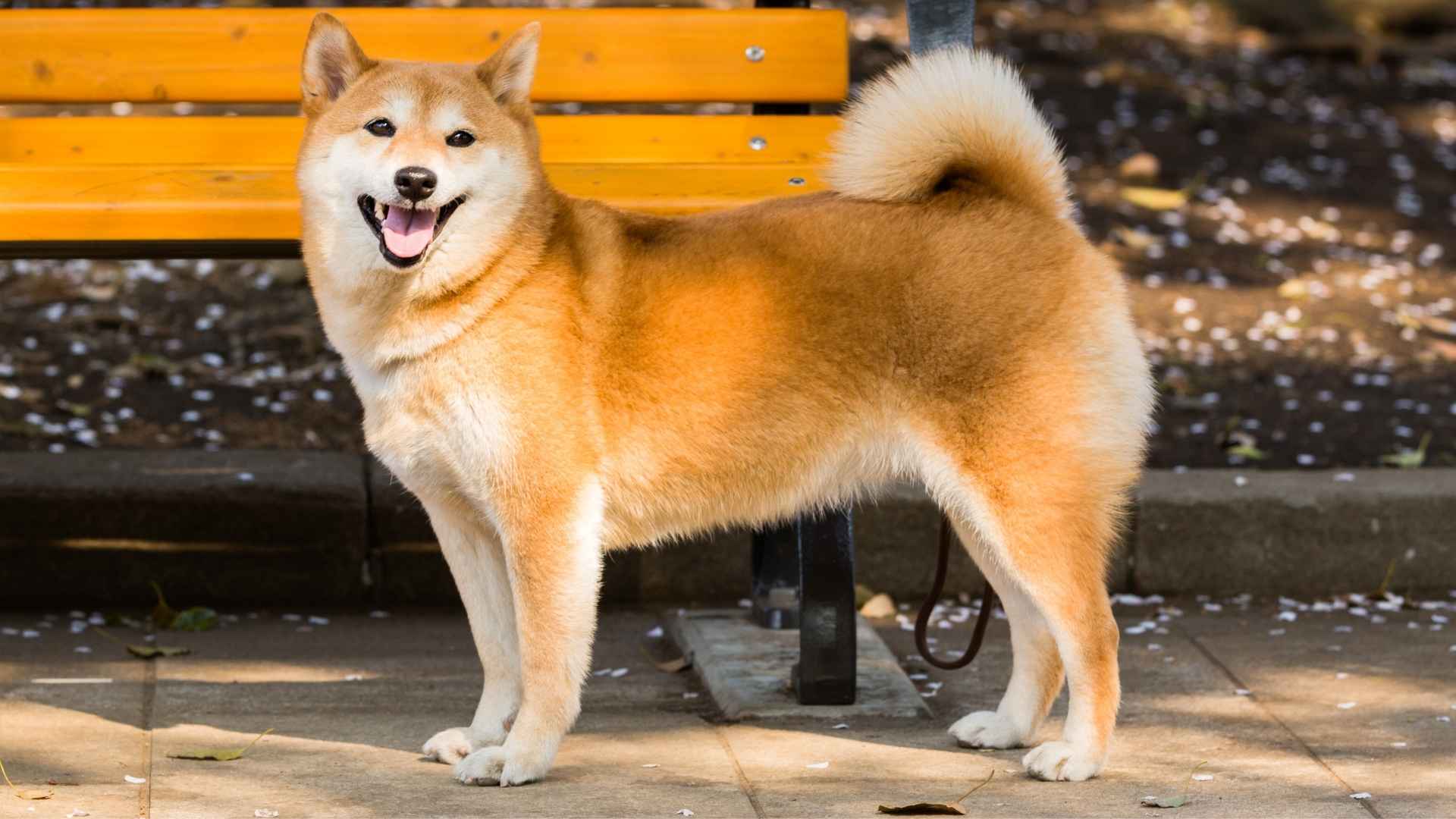Dogs come in all shapes and sizes, but there’s something undeniably charming about those with curly tails. Whether tightly coiled or gently curved, a curly tail uniquely touches a dog’s personality and appearance. This distinct feature often hints at a breed’s history, purpose, and temperament. Some curly-tailed dogs are energetic and playful, while others are calm and dignified.
But what makes a dog’s tail curl? Genetics plays a big role, with certain breeds naturally developing this adorable trait. Beyond aesthetics, a curly tail can also serve functional purposes, helping dogs maintain balance or communicate emotions more expressively.
If you’ve ever been fascinated by these charming pups or are considering bringing one into your home, this guide is for you. Let’s explore some of the most adorable curly-tailed dog breeds, their characteristics, and what makes them such wonderful companions!
Dog Breeds with Curly Tails
1. Pug
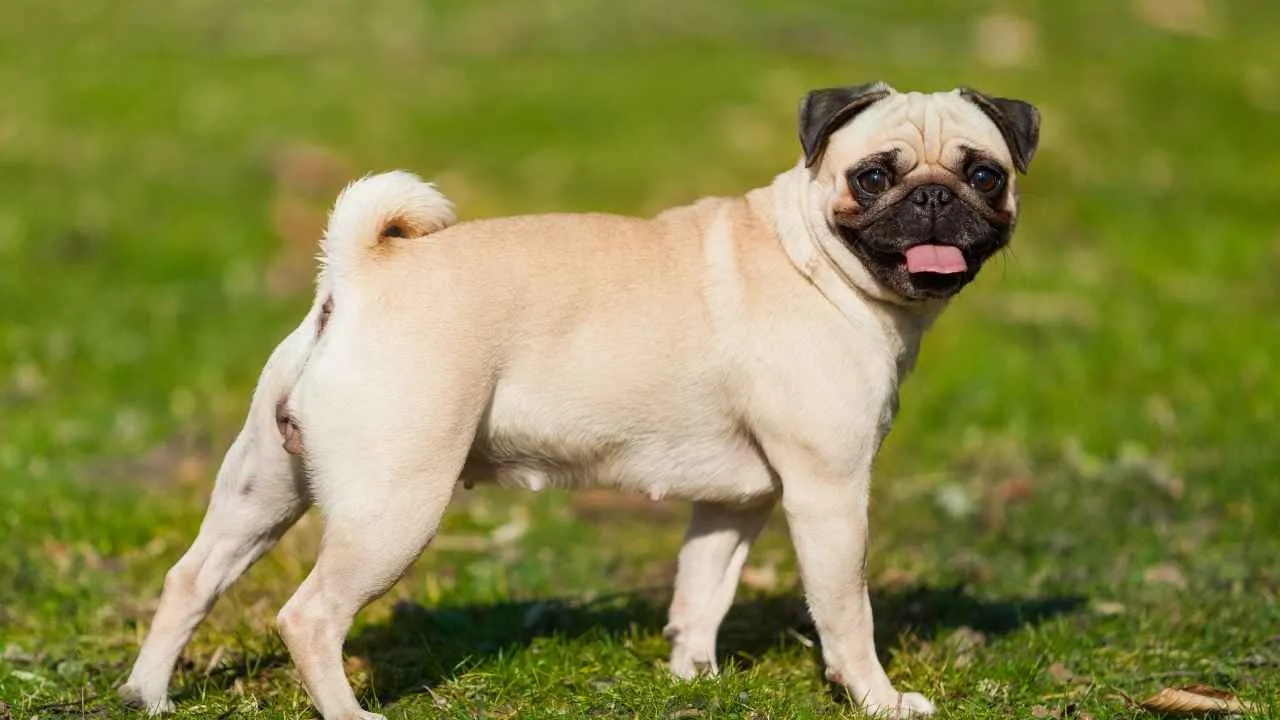
The Pug is one of the most recognizable dog breeds, adored for its compact size, wrinkled face, and signature curled tail. Originating from China, this small yet sturdy breed has been a favorite among royalty and pet lovers for centuries. With their affectionate and fun-loving nature, Pugs thrive on companionship and enjoy being the center of attention.
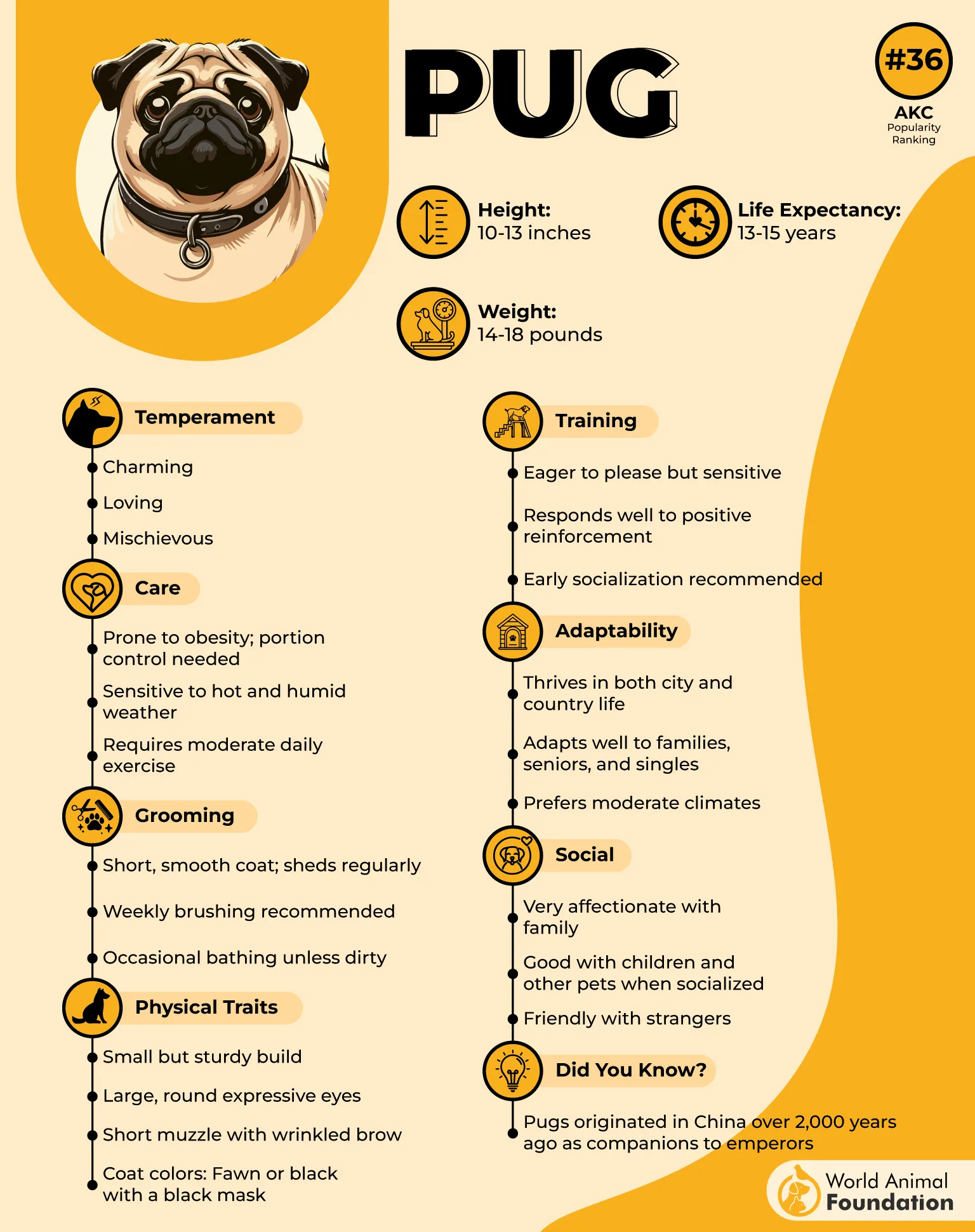
One of the most defining features of a Pug is its tightly curled tail, which often forms a double curl—a rare and highly prized trait. This unique tail results from a genetic trait that affects the vertebrae, giving it a naturally coiled shape. A well-curled tail is a sign of breed quality in show Pugs and adds to their overall charm.
Beyond aesthetics, a Pug’s curly tail plays a role in its body language and communication. Their tails curl even tighter when excited, showcasing their cheerful and playful personality. If a Pug’s tail loosens or droops, it can indicate tiredness, stress, or even a potential health issue, making it an important indicator of their well-being.
Pugs are known for their affectionate, friendly, and sometimes mischievous temperament. They are social dogs that get along well with children, other pets, and strangers. Their playful nature and love for cuddles make them an ideal companion for families and individuals looking for a devoted and entertaining pet.
Hillspet states that Pugs require proper care to maintain their overall health. Their tails should be kept clean as the folds at the base can trap dirt and moisture. Regular grooming, a balanced diet, and monitoring their weight help keep them healthy, ensuring their signature curly tail stays as charming as ever!
2. Finnish Spitz
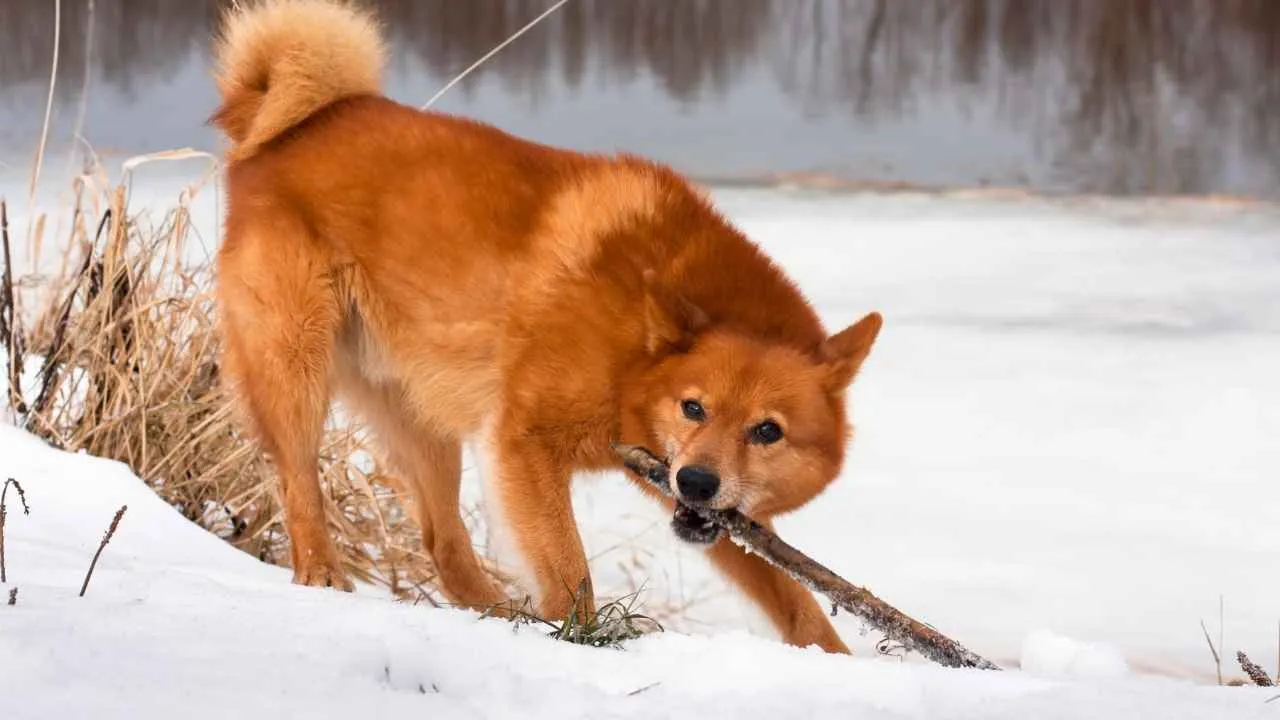
The Finnish Spitz is a striking hunting dog known for its fox-like face, thick coat, and signature cute and curly tail. Originally bred in Finland to track game birds and small animals, this energetic breed is highly skilled in using its keen senses and sharp bark to alert hunters. With a lively and alert personality, the Finnish Spitz is both a devoted companion and a natural-born hunter.
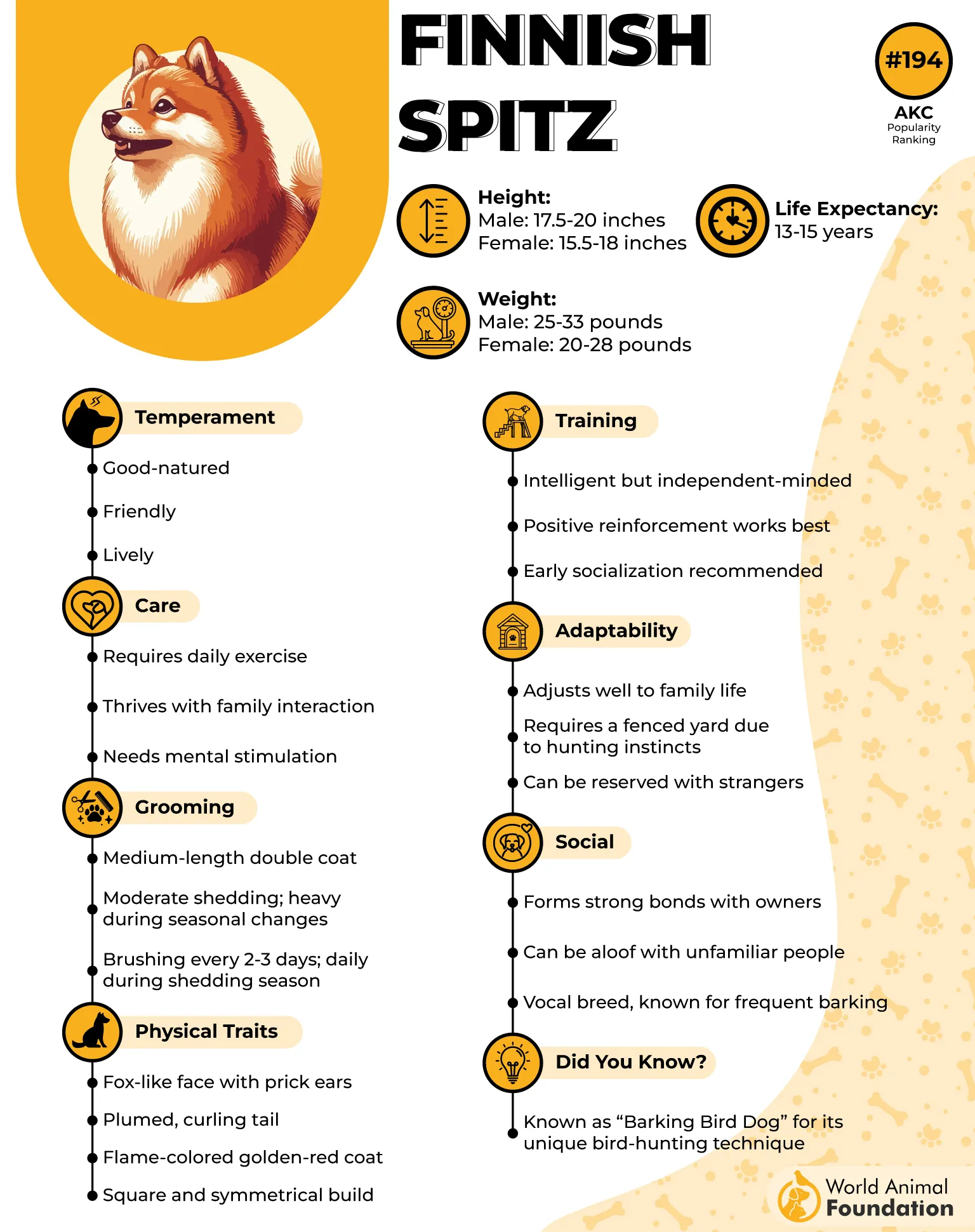
Its curled tail is one of its most distinctive features, arching gracefully over its back in a tight coil. This trait is common in herding dogs, providing balance and body language cues. Its curled tail enhances the breed’s alert and confident posture, making it an eye-catching feature that adds to its charm.
Finnish Spitz has a looser yet well-formed curl in its tail, which remains fluffy and expressive. The tail wags enthusiastically when the dog is excited or engaged in play, reflecting its cheerful and friendly nature. If the tail droops, it may indicate exhaustion or an underlying health concern.
They have thick coats designed for harsh Nordic climates. These dogs require regular grooming to keep their fur and tails in good condition. Their high energy levels and hunting instincts mean they thrive in active households with plenty of space to run and play. Early training and socialization help them channel their intelligence and strong-willed personality positively.
The Finnish Spitz is a wonderful blend of elegance, agility, and playfulness, making it an excellent choice for those who appreciate beauty and function in a canine companion. Its adorable curly tail is more than just a cute feature—it symbolizes its rich heritage as a skilled hunting dog with a strong connection to nature.
3. Akita
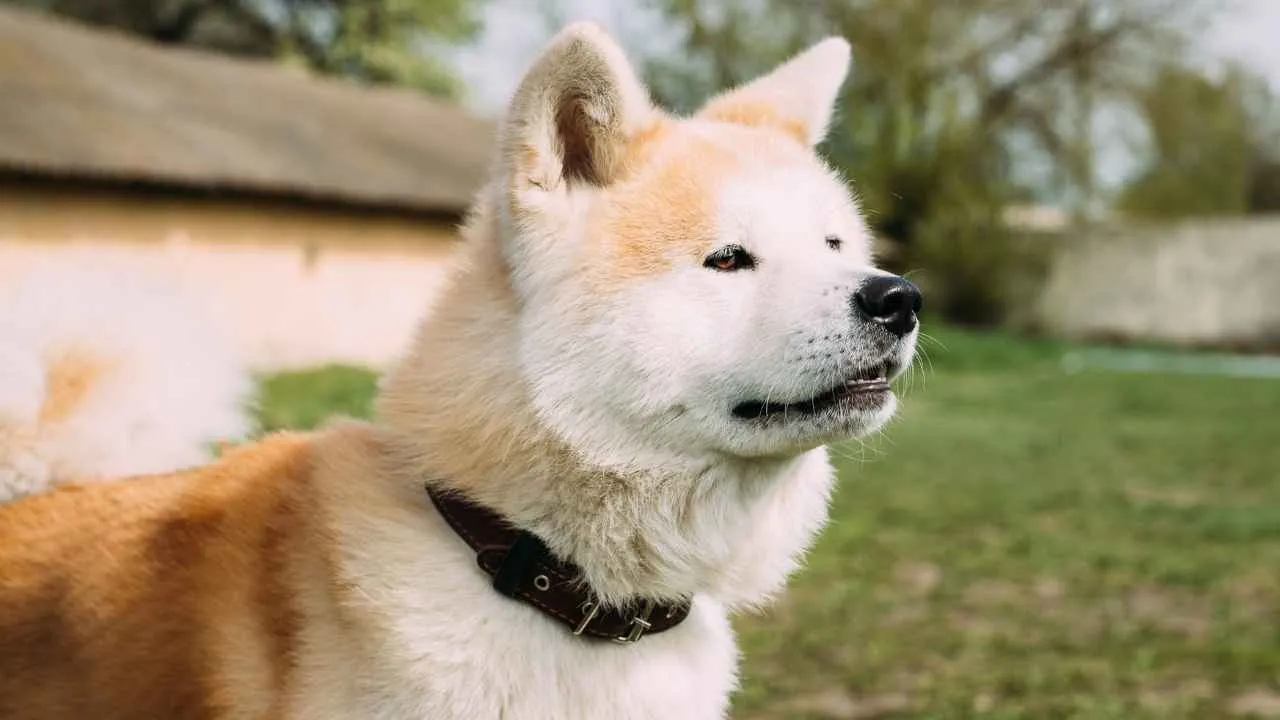
The Akita is a powerful and dignified breed known for its loyalty, strength, and striking appearance. Originally bred for hunting and guarding, this breed has a commanding presence with a thick coat and a confident stance. Akitas are devoted to their families and often display a quiet yet protective nature, making them excellent companions for experienced dog owners.
One of the most distinctive features of the Akita is its fluffy tail, which curls over its back in a bold, sweeping arc. This breed’s curly tail supplies power to its posture, contributing to its balanced and imposing look.
The Akita’s curly tail formation is due to a genetic condition called hemivertebrae, where certain vertebrae are wedge-shaped, causing the natural curve. This feature is not just for aesthetics—it also plays a role in communication, helping the Akita express emotions like excitement, alertness, or relaxation.
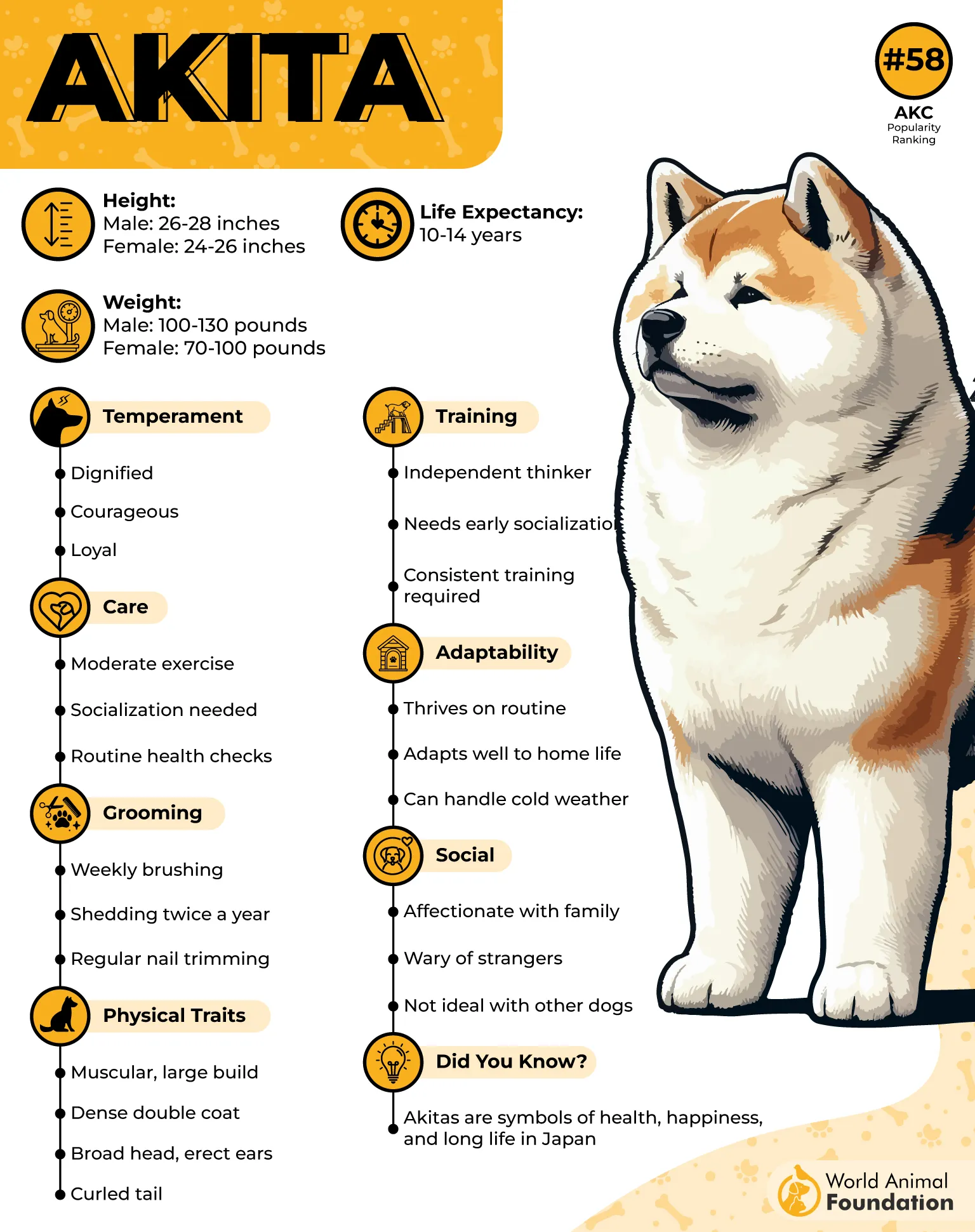
Britannica states that Akita’s curled tail is a breed-defining trait that adds to its regal and alert demeanor. A high and tight tail indicates confidence, while a loosened or lowered tail may signal stress or fatigue.
With their thick double coats built for cold climates, Akitas require regular grooming to maintain their luxurious fur, including their signature tail. Their independent nature, intelligence, and strong-willed personality mean they need consistent training and socialization from an early age.
The Akita’s fluffy, curled tail is more than just an eye-catching feature—it represents their history, strength, and unwavering loyalty. For those who appreciate a combination of power, elegance, and devotion in a canine companion, the Akita is a remarkable breed.
4. Chow Chow
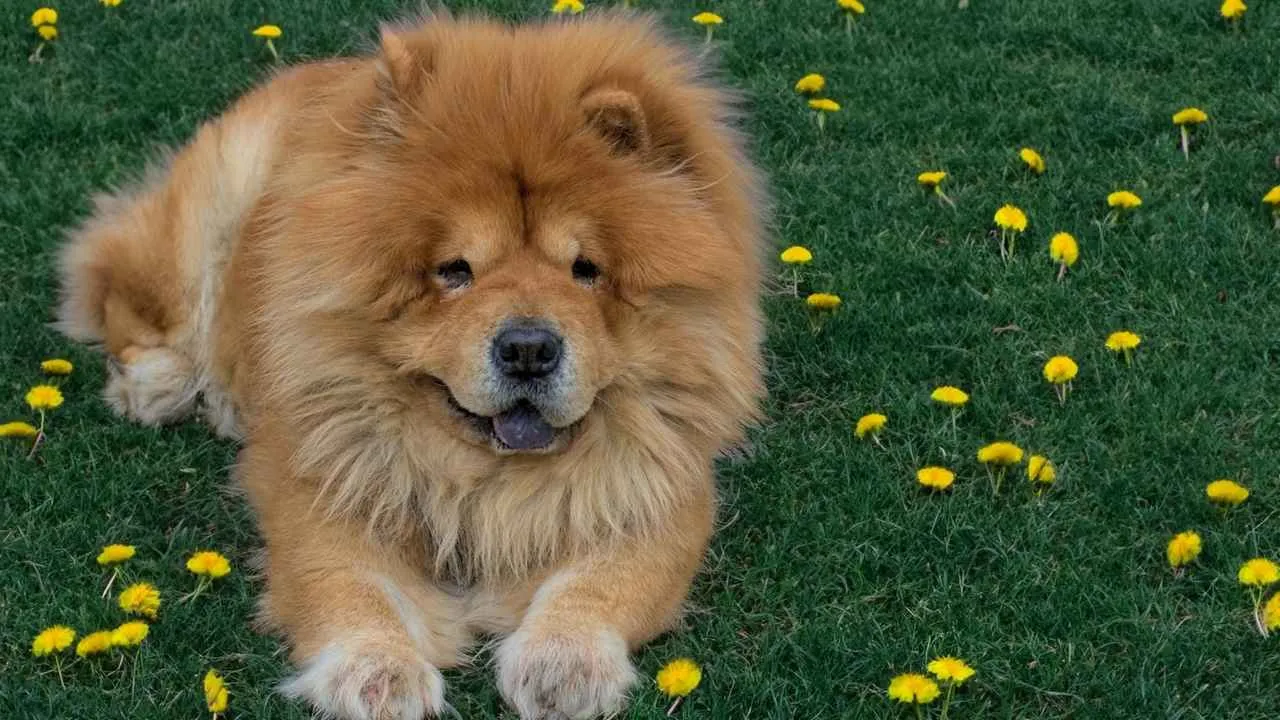
The Chow Chow is a distinctive breed known for its lion-like mane, distinctive blue-black tongue, and deeply loyal personality. Originally bred for hunting large game and guarding, this ancient breed has a strong, independent nature.
Though reserved with strangers, Chow Chows form deep bonds with their pet parents, making them excellent family pets for those who understand their dignified temperament.

A standout feature of the Chow Chow is its curly tail, which sits high over its back in a thick, elegant swirl. Chow’s tail is tightly coiled and covered in dense fur, adding to its majestic appearance. This tail plays a role in their posture, giving them a proud and confident stance that reflects their strong-willed nature.
As natural alert dogs, Chow Chows use their curled tails and upright posture to signal attentiveness. A high, firm tail shows confidence, while a lowered or relaxed tail may indicate tiredness or contentment. Their strong guarding instincts, combined with their alert nature, make them excellent watchdogs.
With a thick double coat designed for colder climates, Chow Chows require regular grooming to maintain their luxurious fur, including their fluffy, curled tail. Their independent personality means they need consistent training and socialization, but they become calm, well-mannered companions with the right approach.
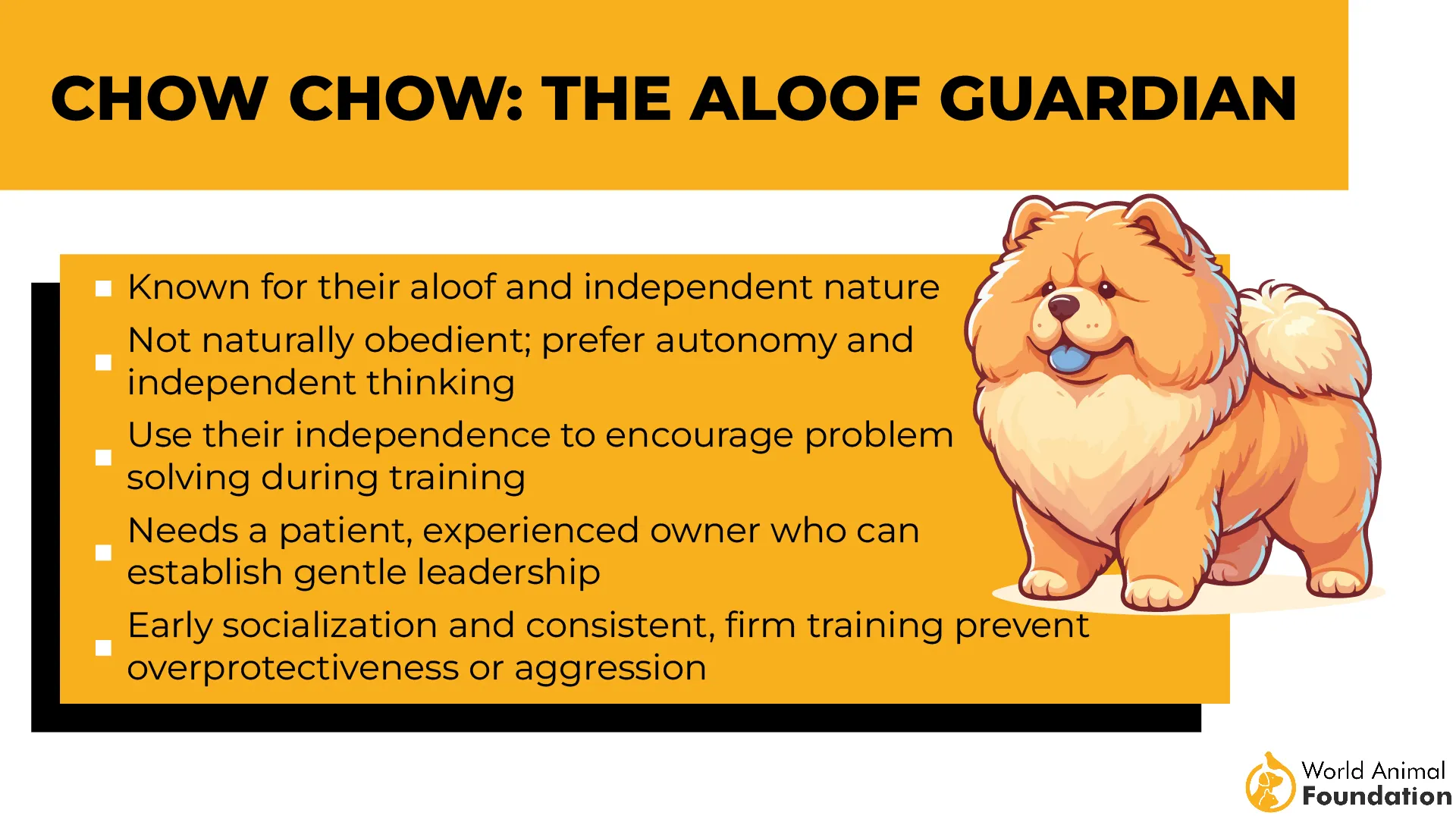
For pet parents who appreciate a breed with a noble presence, strong loyalty, and a curly-tailed charm, the Chow Chow is an unmatched choice. Their elegance, independence, and affectionate devotion make them a truly special breed.
6. Keeshond
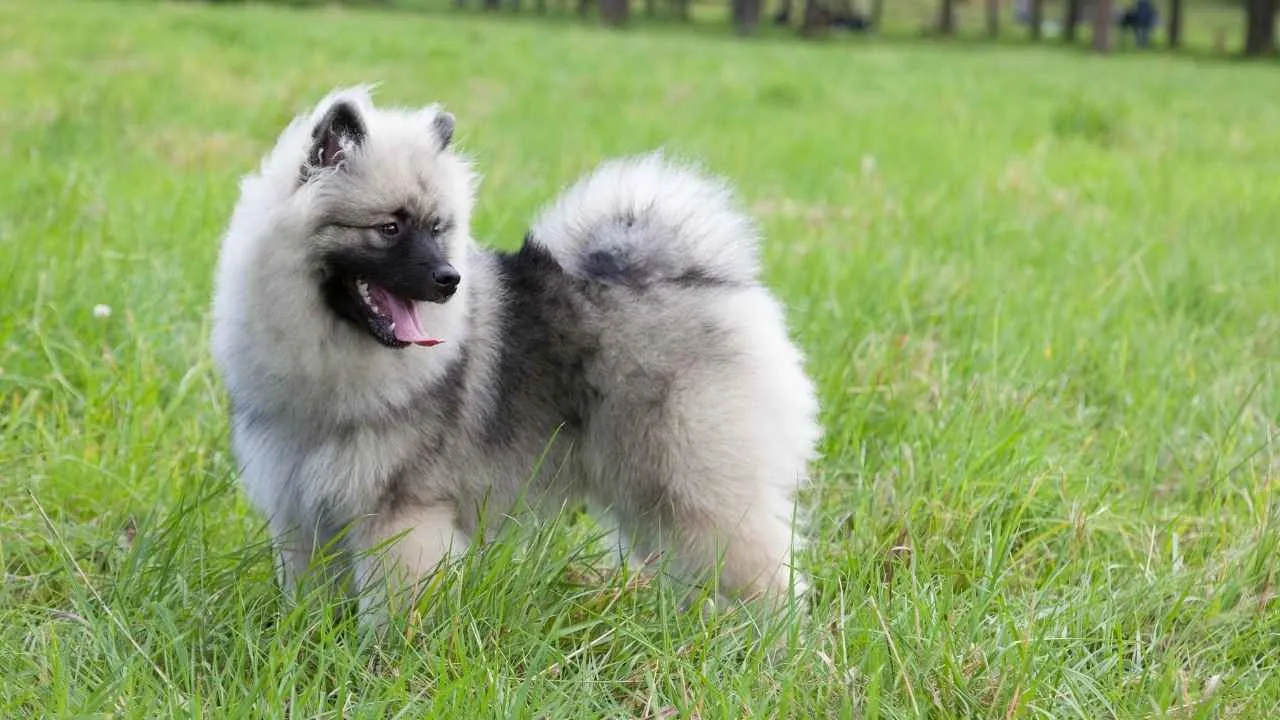
The Keeshond is a striking breed known for its thick coat, expressive face, and naturally affectionate personality. Historically, this breed served as a guard dog, watching over boats and homes with keen awareness. Their strong bond with humans makes them excellent companions, as they bond closely with their families and thrive on companionship.
One of the most charming features of the Keeshond is its loosely curled tail, which rests gracefully over its back. A Keeshond’s tail forms a softer curl, complementing its fluffy coat. This tail adds to its appearance and enhances its lively and cheerful expression.
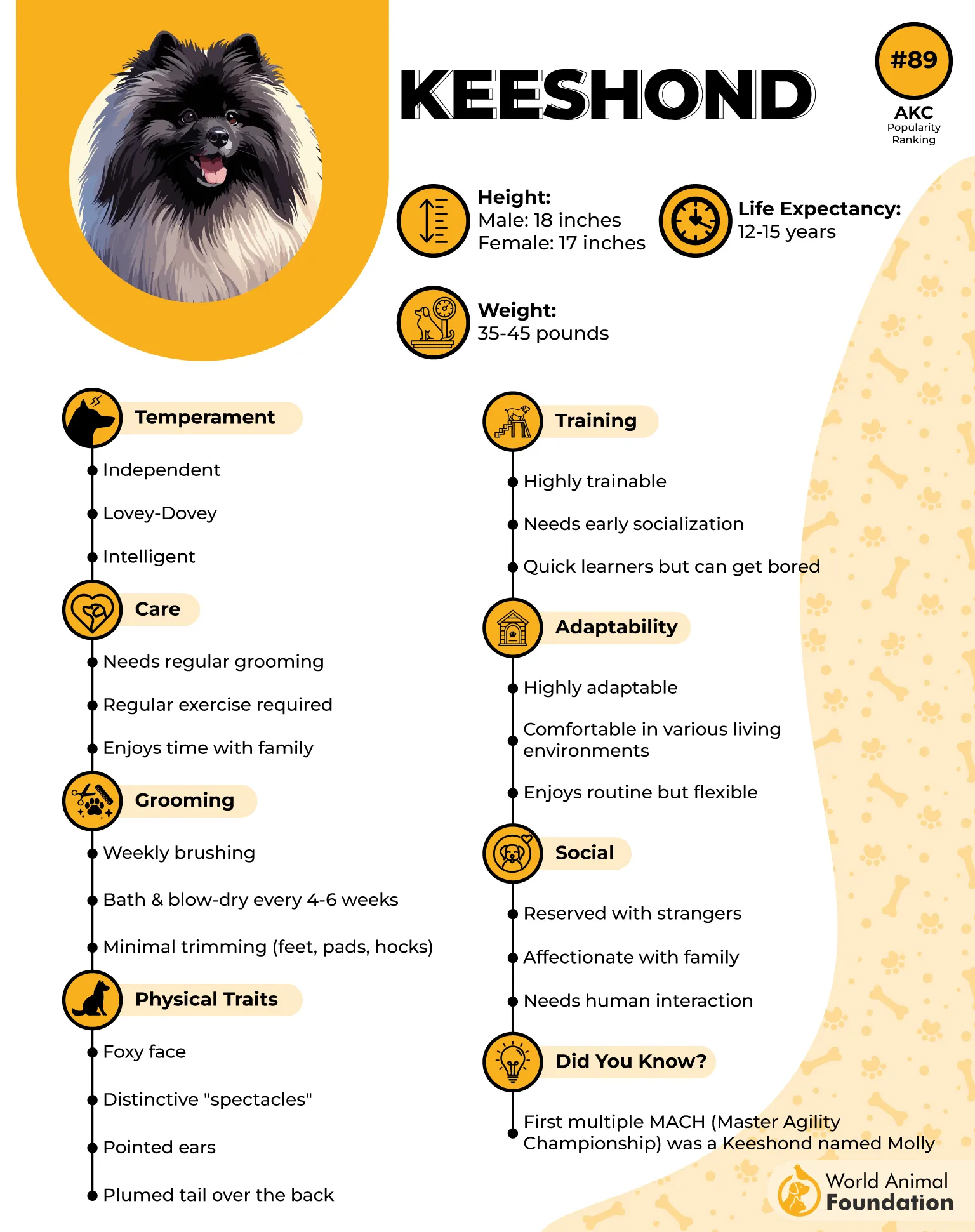
Keeshonds are highly active dogs with plenty of energy. Their history as working dogs means they enjoy regular exercise and playtime. They are social and get along well with other dogs and animals, making them a great addition to multi-pet households.
The wedge-shaped vertebrae stack in their spine help create their curled tail, a genetic trait that gives their tail its unique shape. Their thick fur provides insulation, and their tails can even help keep them warm when curled over their body during colder months.
With their combination of intelligence, loyalty, and a signature loosely curled tail, the Keeshond is a wonderful companion. Their affectionate nature, fluffy charm, and protective instincts make them ideal for families looking for a devoted and watchful pet.
7. Norwegian Elkhound
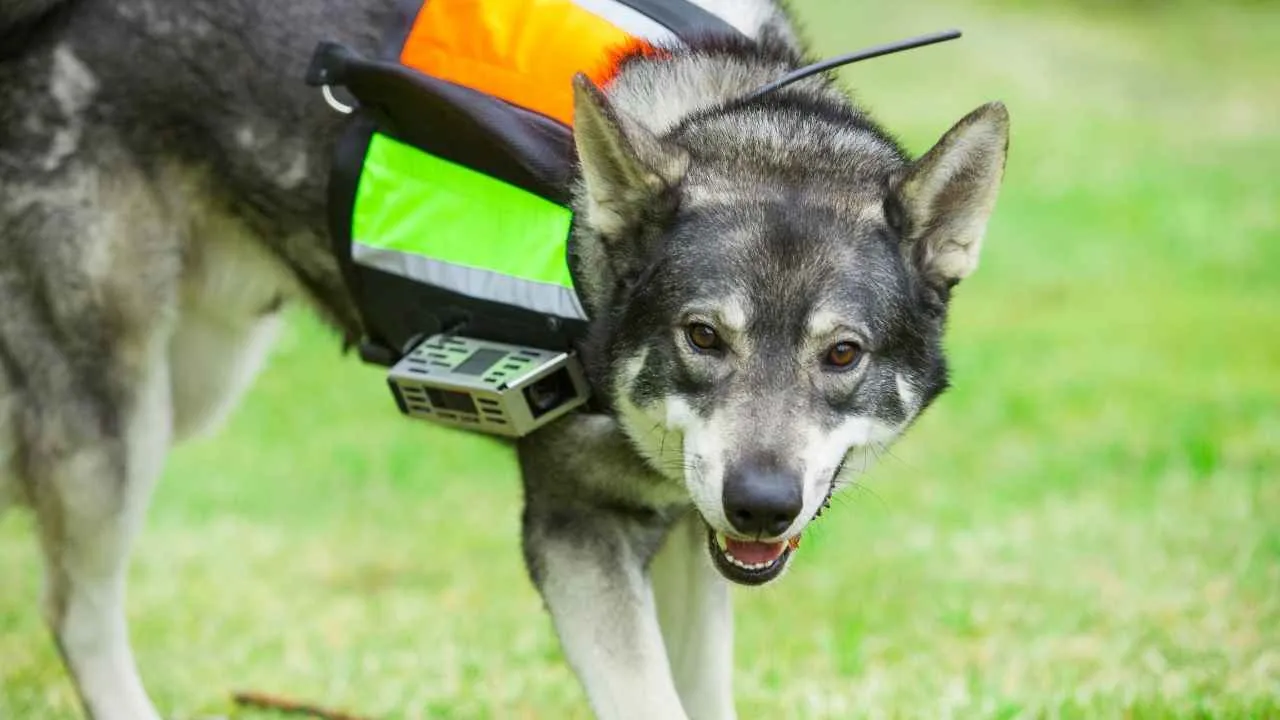
The Norwegian Elkhound is one of the oldest dog breeds, known for its strength, endurance, and deep loyalty. Originally bred for hunting and guarding, this intelligent and fearless breed has a rich history of working alongside humans. With an alert and confident nature, they make great companions for active owners who appreciate a devoted and protective dog.
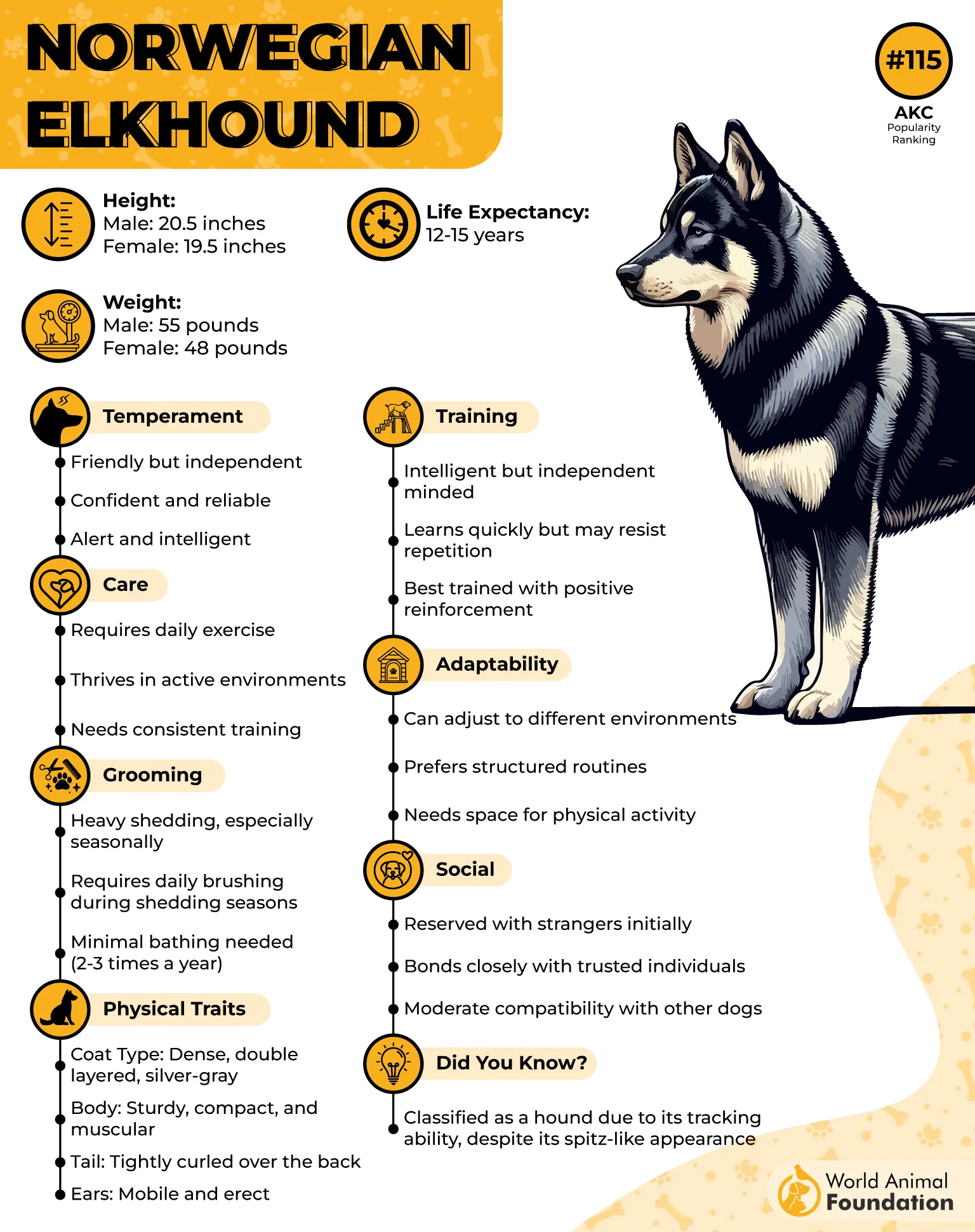
A defining feature of the Norwegian Elkhound is its curly tail, which arches tightly over its back and helps with balance and communication. The tail’s high, proud position complements the breed’s sturdy and well-muscled frame, adding to its bold and striking appearance.
Norwegian Elkhounds have a short coat that helps regulate body heat, keeping them comfortable in cold and moderate climates. Their dense fur requires regular grooming to maintain its natural insulation and keep their curled tail looking their best.
Another expressive feature is its wrinkled forehead, which enhances its intelligent and inquisitive look. This, combined with their lively eyes and erect ears, gives them a keen and alert expression, making them excellent watchdogs and loyal protectors of their families.
With many characteristics that highlight their strength, intelligence, and devotion, the Norwegian Elkhound is a remarkable breed. Their curly tail, sturdy builds, and affectionate natures make them ideal for those looking for a strong yet loving companion with a rich working heritage.
8. Shiba Inu
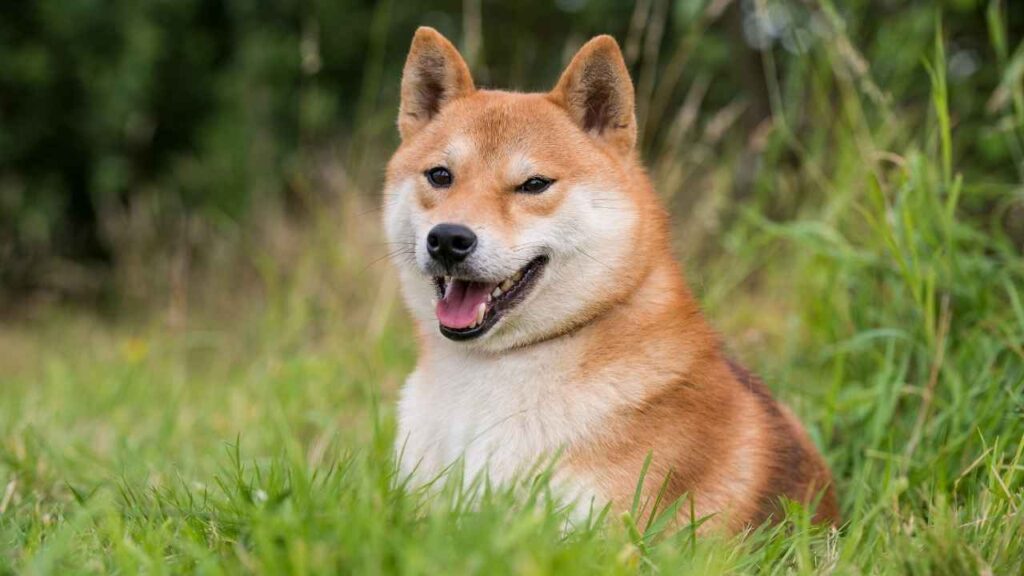
The Shiba Inu is a small yet powerful dog known for agility, independence, and bold personality. Originally bred for hunting, this intelligent and alert breed has a strong-willed nature and a deep sense of loyalty. Their confident demeanor and keen awareness make them natural explorers, always curious about their surroundings.
One of the most recognizable features of the Shiba Inu is its curly tail, which forms a tight or loosely curled shape over its back. This unique tail position enhances their proud posture and striking appearance. The curl results from a natural genetic trait that affects the tail’s vertebrae, giving it its signature curve.
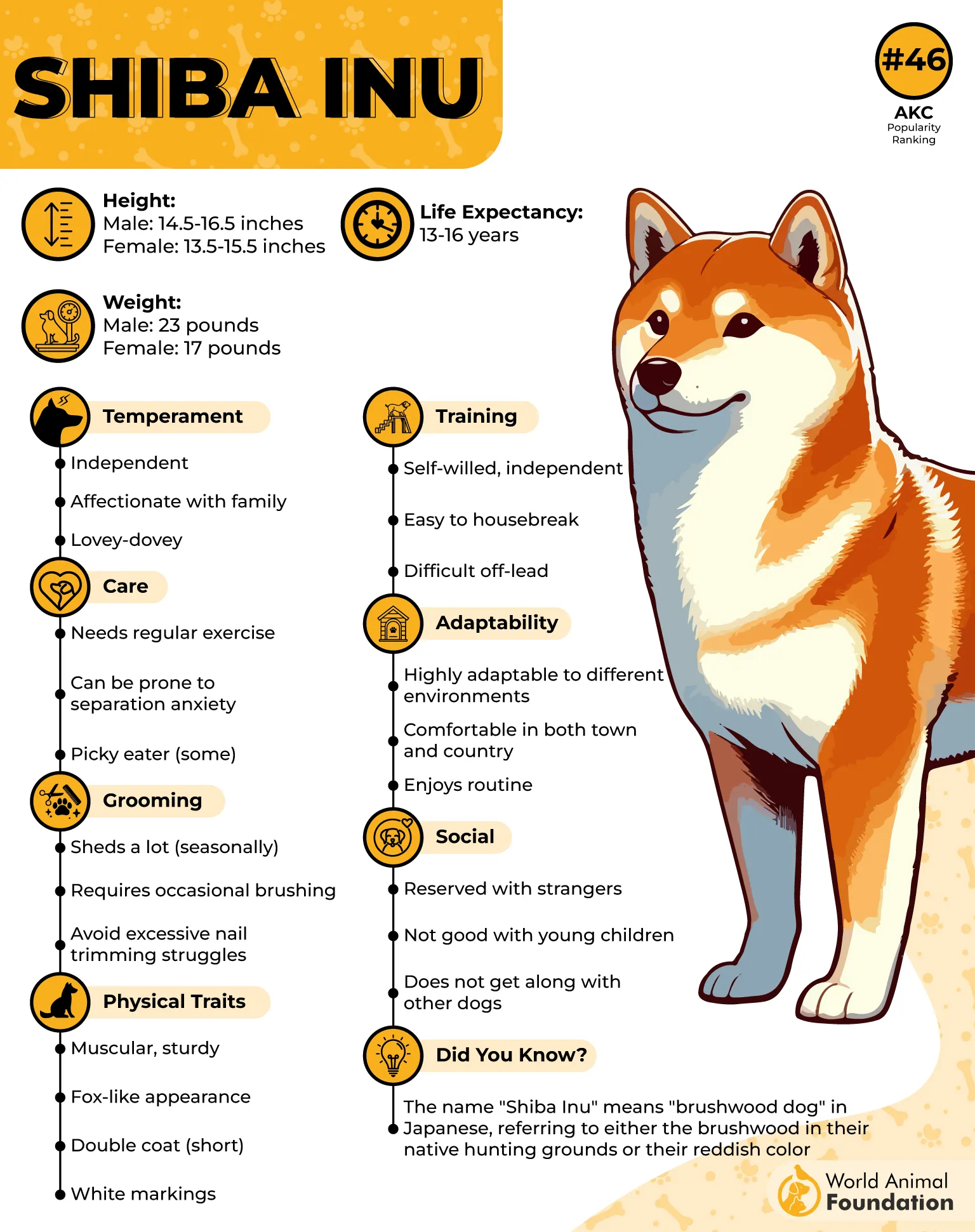
Shiba Inus are known for their expressive personalities in the canine world, often displaying a playful yet independent attitude. While affectionate with their families, they also have a strong sense of self and prefer to do things on their terms. This makes early training and socialization essential for a well-balanced companion.
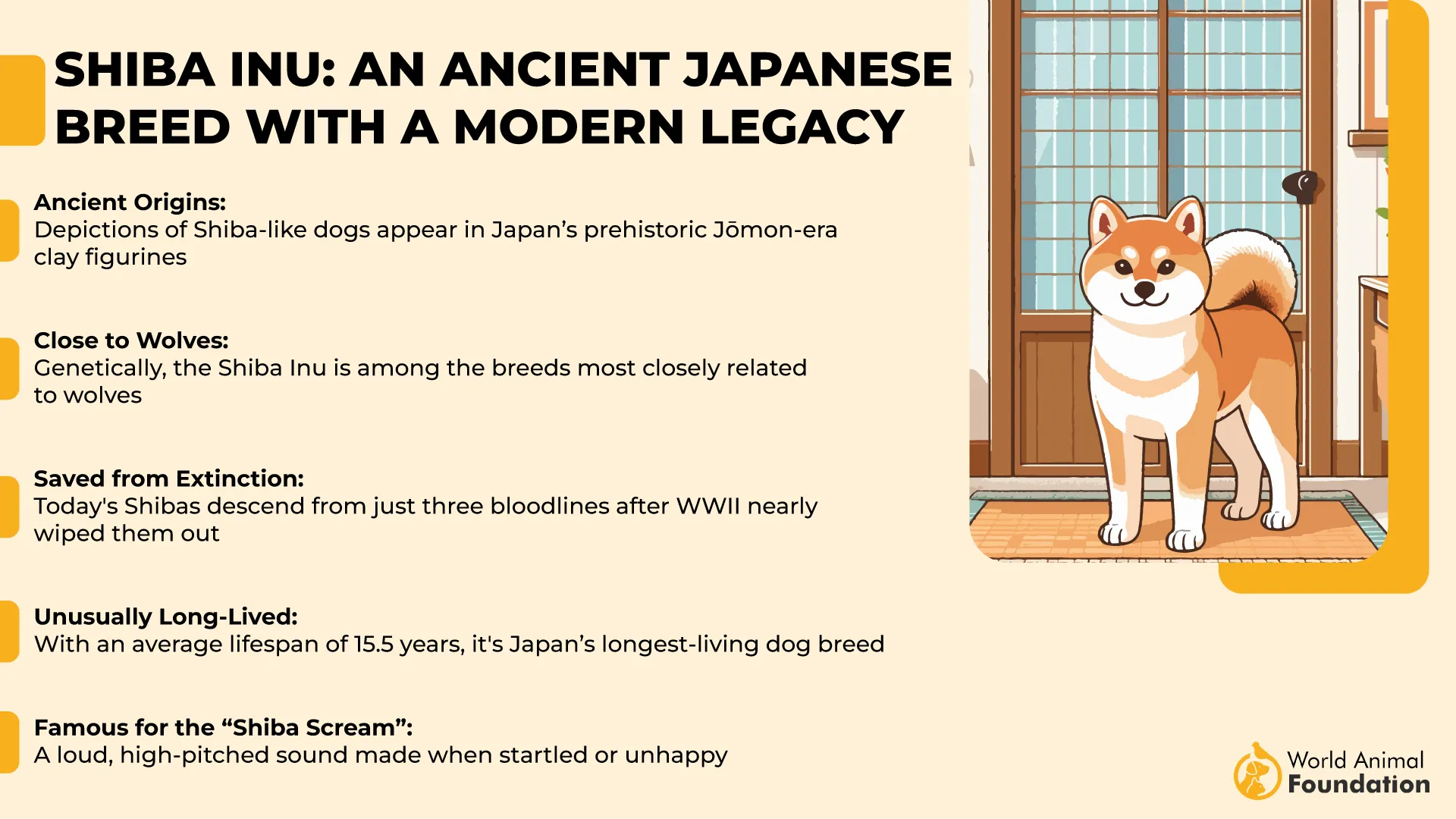
Their dense, weather-resistant coat requires regular grooming to stay clean and healthy, especially around the curled tail. Though small, they are highly active and need daily exercise to engage their agile bodies and sharp minds.
Petplan states that Shiba Inu is a truly unique breed with their powerful yet compact build, curly tail, and spirited personality. Their confidence, intelligence, and loyalty make them an ideal companion for those who appreciate an independent and energetic canine friend.
9. Alaskan Malamute
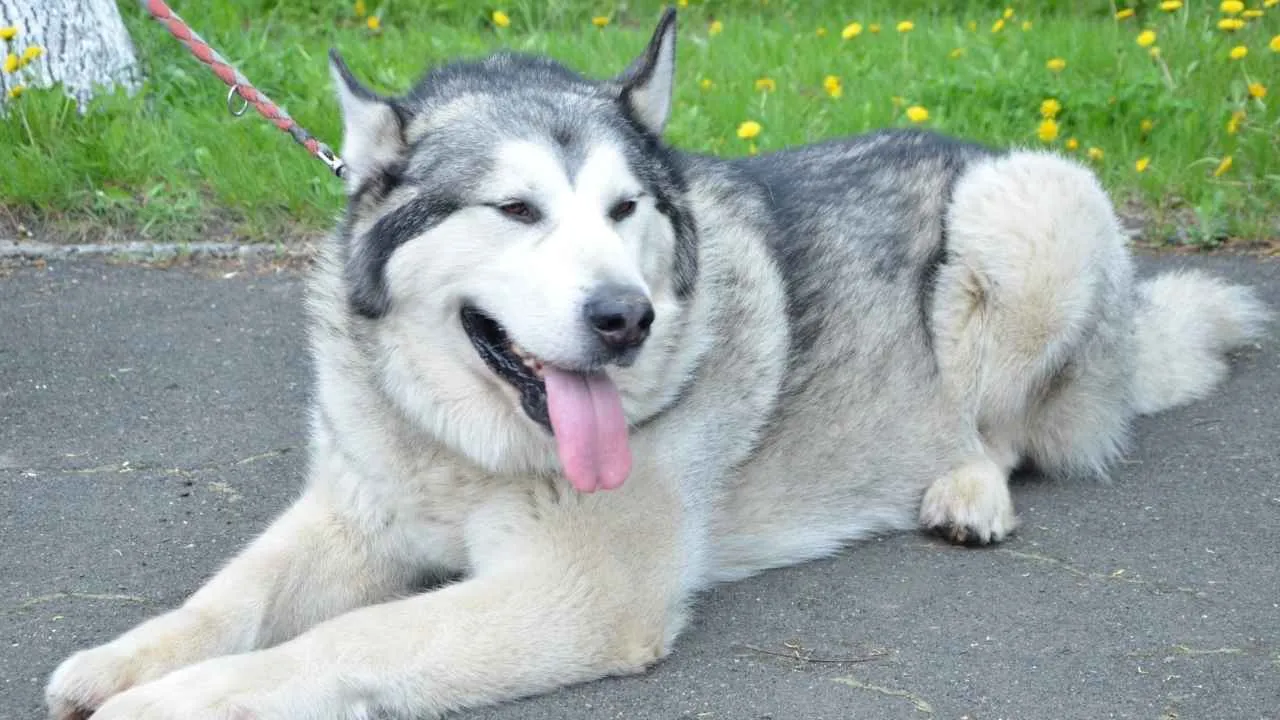
The Alaskan Malamute is a large dog built for endurance, strength, and survival in harsh Arctic conditions. With a sturdy frame, thick coat, and pointed ears, this breed can withstand biting winds and temperature extremes.
Known for their intelligence and independence, Malamutes are hardworking dogs with a deep bond to their human companions.
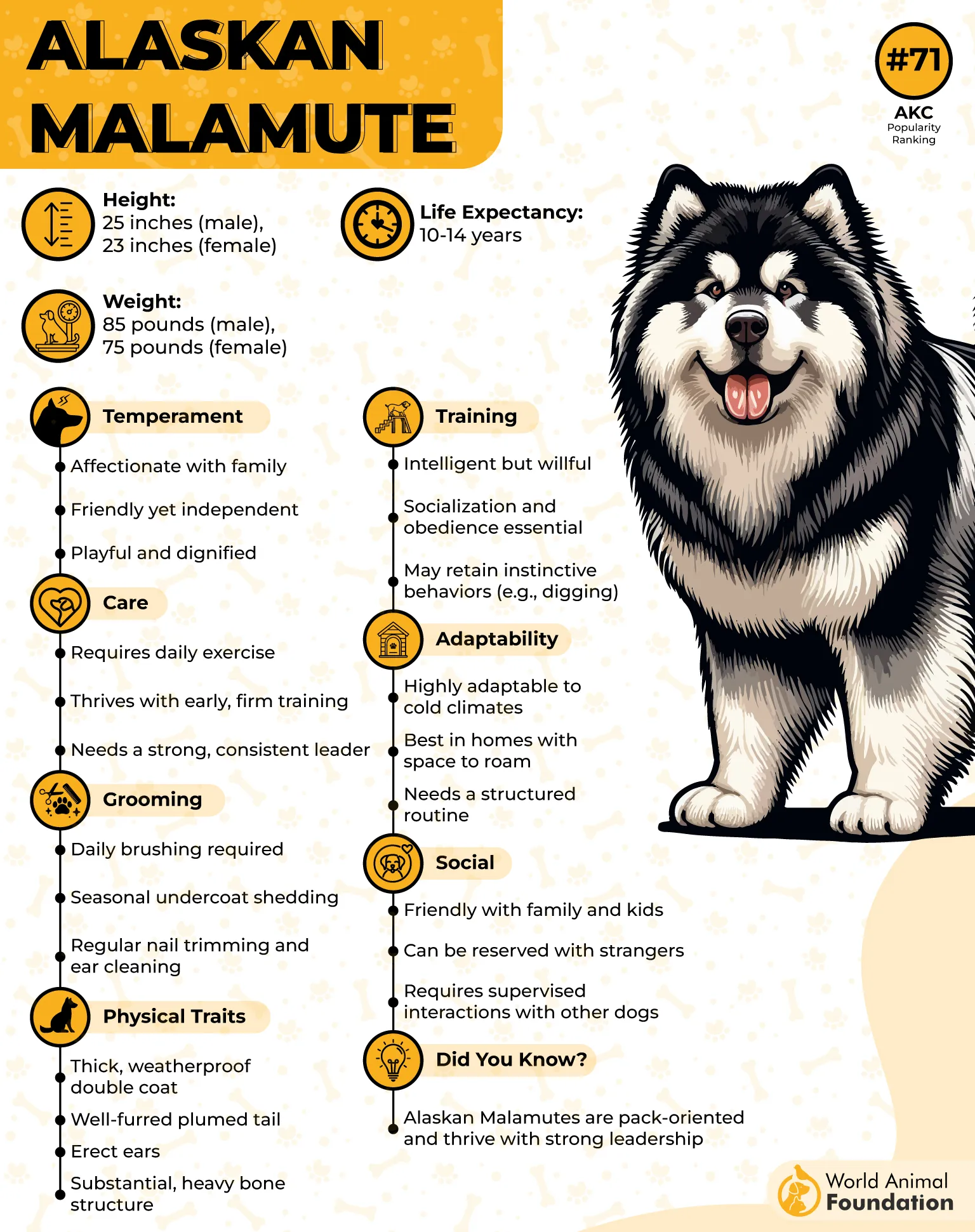
One of the unique qualities of the Alaskan Malamute is its curled tail, which curls over its back in a strong, distinctive arc.
The Alaskan Malamute’s curly tail is a distinctive feature that helps it withstand harsh Arctic conditions. Its thick, plumed curl rests over its back, providing warmth by covering its face while sleeping in the snow. This natural adaptation showcases the breed’s resilience and cold-weather endurance.
Their thick coat helps them conserve body heat by providing warmth when they curl up to rest in freezing temperatures. Their tails’ thick fur acts as insulation, offering protection against the cold.
Beyond their working abilities, Malamutes also have a lovable cuddliness that endears them to their families. Despite their size and strength, they enjoy close companionship and thrive on affection. Their body language, including visible signals like tail position and ear movement, communicates their emotions and intentions.
With a life span of around 10–14 years, Alaskan Malamutes require committed care, regular exercise, and socialization. Their unique qualities, including their powerful build, thick coat, and iconic curled tail, make them a remarkable breed, perfectly suited for both work and companionship in challenging climates.
Conclusion
Many curly-tailed dogs, especially those from the Spitz family, have inherited this feature from wild dogs bred for specific tasks. Breeds like the German Spitz, American Eskimo Dog, and Norwegian Buhund display elegant, arched tails that add to their charm.
Others, like sled dogs such as the Siberian Husky, use their tails for warmth, while working breeds like Australian Cattle Dogs rely more on agility than tail function.
Scent-focused dogs, including Beagles and scent hounds, often have lower-carried tails, sweeping smells closer to the ground rather than catching most airborne molecules.
Whether elegantly curved like the Curly Coated Retriever or tightly coiled corkscrews like some Welsh Corgis, these tails serve function and form, reflecting centuries of selective breeding and purpose-driven traits.


